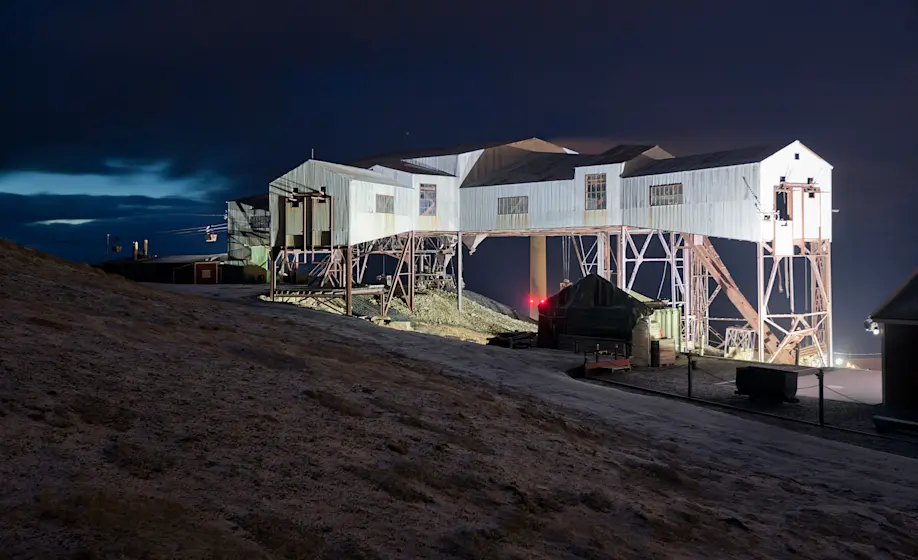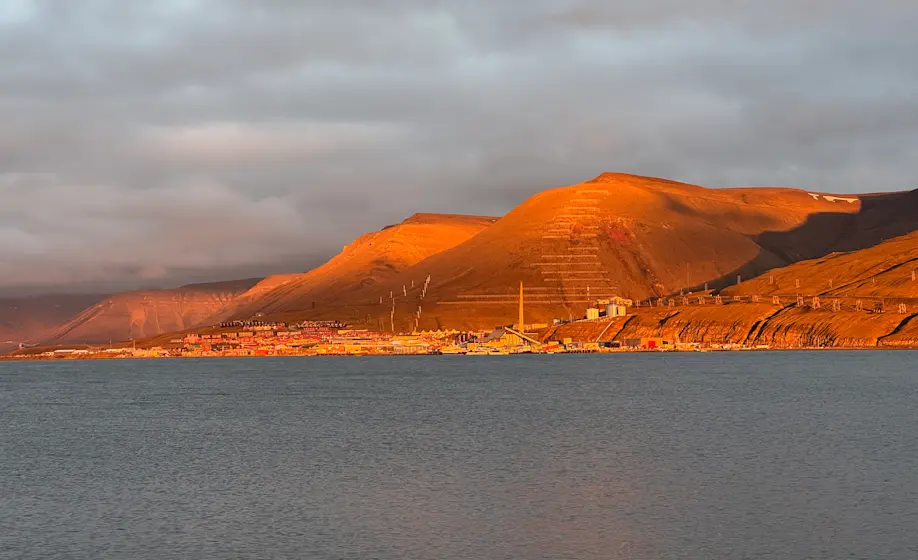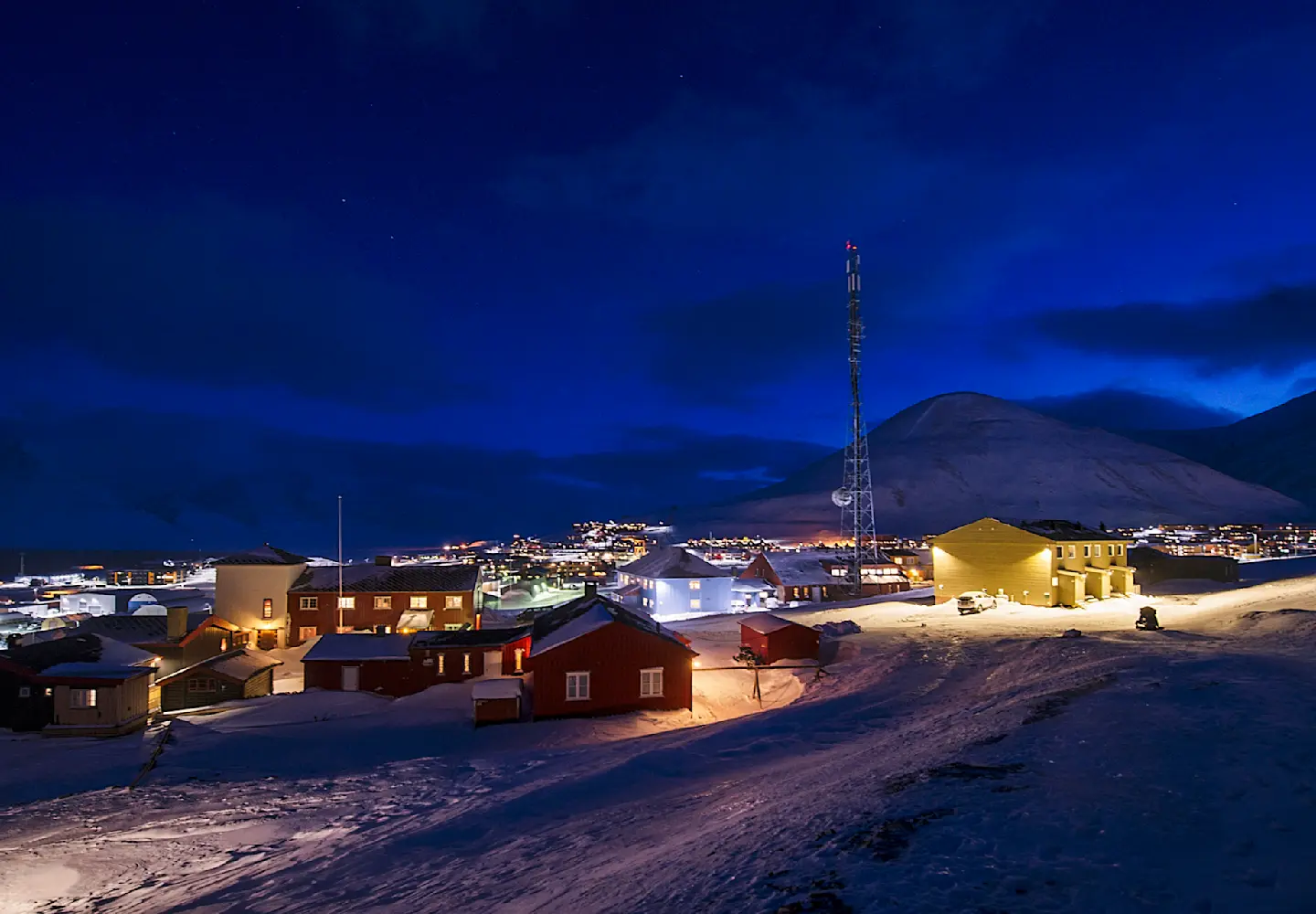
Is It Worth Visiting Svalbard During the Dark Season?
Discover the magic of the dark season on Svalbard, including the polar night, the northern lights and unique experiences in the Arctic wilderness.
The dark season on Svalbard, also known as the northern lights winter, lasts from late October to mid-February. This is a truly special time on the archipelago, filled with magic and unique experiences. With 24-hour darkness, biting cold, and thrilling excursions into the wilderness, it’s the perfect destination for a trip out of the ordinary. Wondering if it’s worth experiencing Svalbard during the dark season? The answer is a resounding yes.
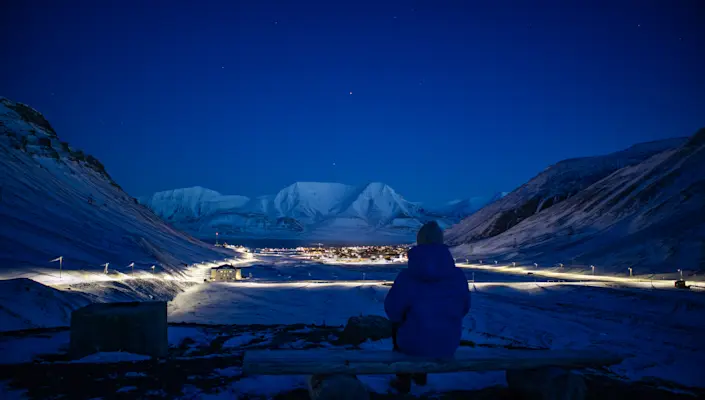
What is the Dark Season in Svalbard?
The dark season occurs in locations above the Arctic Circle when the sun's trajectory dips below the horizon. On Svalbard, this results in 24 hours of darkness every day. The darkest period of the season is known as the polar night. During this time (from mid-November to the end of January), the sun never rises more than 6° above the horizon, creating nighttime conditions in the middle of the day. In the weeks leading up to and after the polar night, daytime hours experience twilight conditions that colour the landscape blue.
How the dark season affects daily life on Svalbard
With the polar night sky constantly above, the dark season is the time to see the northern lights on Svalbard. When conditions are clear, the aurora borealis can illuminate the polar darkness, creating a vivid light show in the sky.
You can maximise your chances of witnessing this natural phenomenon by hunting for the northern lights on an electric snowmobile or going dog sledding in the polar night.
These excursions take you out of Longyearbyen, away from the ambient light of town and into the darkness of the valleys beyond, increasing your chance of seeing the lights. Although it's possible to see the aurora during the day throughout the dark season, a wilderness evening at Camp Barentz is the ideal nighttime activity to include in your programme.
The dark season is also a prime time to explore Svalbard's rugged landscapes. Hiking and caving provide opportunities to traverse the moraine terrain and delve into glaciers and experiencing the icy environment up close. It's also possible to witness native species in their natural habitat, including Svalbard reindeer, Svalbard ptarmigan and Arctic foxes.
Longyearbyen is at its cosiest during the dark season making it a prime time to experience the local culture, from drinking and dining at the town's bars and restaurants to shopping at the Christmas markets in November and December.
Why you should visit Svalbard during the dark season
A truly magical time awaits those who visit Svalbard in winter. If you're an adventure seeker or nature lover, the dark season is the ideal time to make the trip. Outdoor enthusiasts can experience unique challenges in the Arctic environment. Meanwhile, the cover of darkness provides opportunities for keen photographers to capture stunning landscapes and aurora-filled skies.
Cold temperatures take hold during the dark season; Svalbard's winter temperatures hover between -13 to -30°C. This harsh, unforgiving climate is one of the biggest challenges of visiting Svalbard during the Northern Lights Winter. However, it also contributes to the dark season's mystical quality. The cold, clear conditions lead to the appearance of the aurora, and the below-freezing temperatures can cause snow to fall over the land.
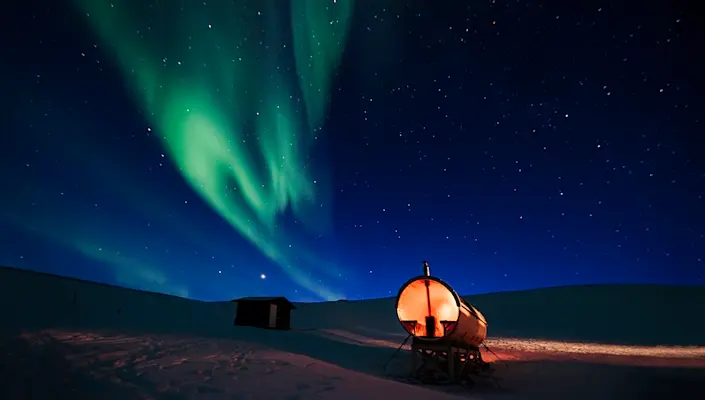
Practical Tips for Visiting Svalbard During the Dark Season
As Svalbard's winter temperatures and the polar darkness take hold during the Northern Lights Winter, there are a few practical measures you should take to ensure your safety and comfort. For instance, wearing appropriate clothing, including warm layers, water and windproof outerwear and suitable footwear. Some equipment is provided on excursions, but it's worth double-checking what you'll need to bring for each of your chosen activities.
You can only leave Longyearbyen when accompanied by an experienced local guide, who will lead your activity in English. As you'll be led by their instructions, you must speak and understand English or one of the Scandinavian languages. This is to ensure the safety of everyone on the excursion and that of the wildlife you may encounter on your trip

